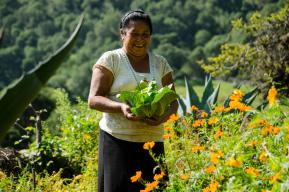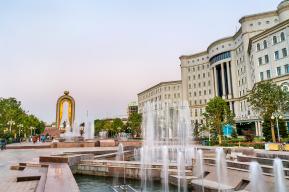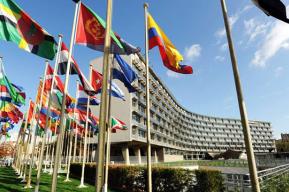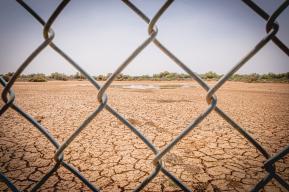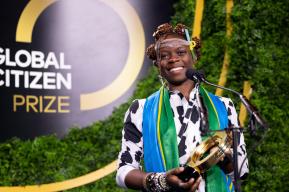Photos: Sebastião Salgado
Text: Katerina Markelova, UNESCO
Skies filled with inky clouds, forest-dwellers captured in the intimacy of their daily lives, mountains emerging from the vegetation. The Amazon that Sebastião Salgado shows us is not one of clichés – all luxuriance and vivid colours, with variations of bright green foliage, purple earth, and rivers irrigating the forest. On the contrary, Salgado’s images portray a world in chiaroscuro, grandiose, complex. Fragile too.
For the Amazon – home to 370,000 Indian indigenous peoples, and a carbon sink that absorbs almost ten per cent of the world’s CO2 – is under threat. According to a November 2021 estimate by Brazil’s National Institute for Space Research (INPE), deforestation, much of it illegal, has increased by almost twenty-two per cent in one year – with more than 13,000 new square kilometres of forest felled.
With his book, Amazônia, published in 2021, the Brazilian photojournalist pays tribute to the beauty of the Amazon rainforest, which he believes is still not too late to save. “My wish, with all my heart, with all my energy, with all the passion I possess, is that in fifty years’ time, this book will not resemble a record of a lost world,” Salgado says. “Amazônia must live on.”
In 1998, Salgado and his wife, Lélia, founded Instituto Terra, located on the photographer’s family farm, in the Rio Doce river valley. To restore this land which had been degraded by erosion, the couple established a reforestation programme in Minas Gerais state, planting three million trees in twenty years.
“All the biodiversity has returned, even the jaguars, which were thought to be extinct in our region,” enthuses the photographer. The Institute, which is part of the UNESCO Mata Atlântica biosphere reserve, also has an educational vocation, raising awareness about the environment. These are all objectives of UNESCO’s Man and the Biosphere (MAB) programme – which celebrated its 50th anniversary in 2021, and with which Salgado is actively involved.





More articles from Zoom








